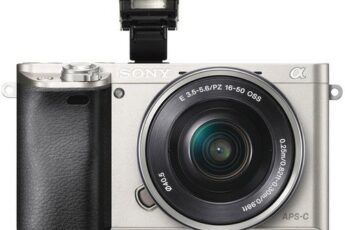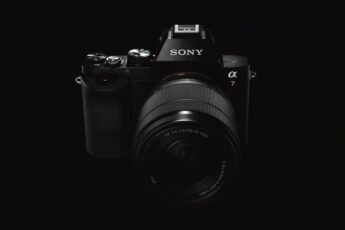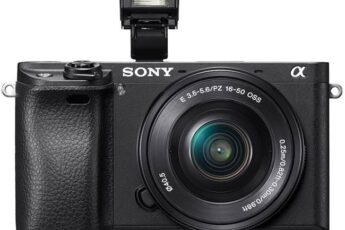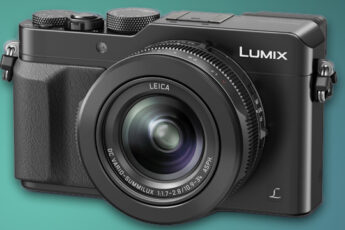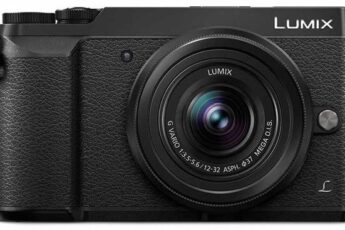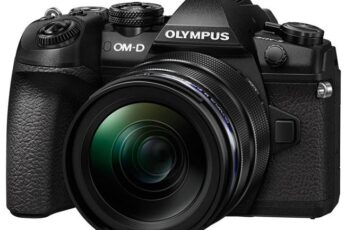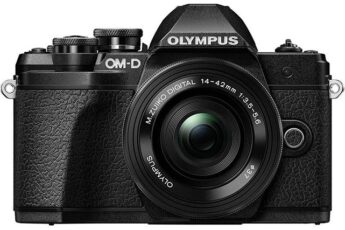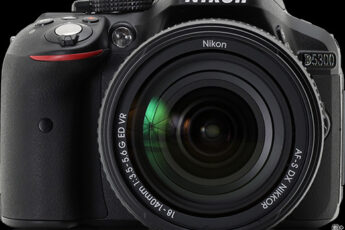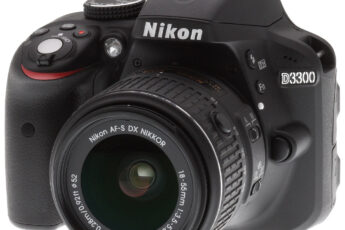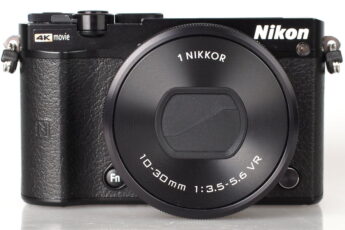Camera Reviews
Sony Cameras
With a price of $498.00 with kit lens, the Sony a6000 is considered one of the best entry-level mirrorless
Sony Cameras
Sony is relatively new to photography, but you would be hard-pressed to tell. Most recently the manufacturer
Sony Cameras
The Sony a6300 is the successor to the immensely popular a6000, which received rave reviews following
Panasonic Cameras
What is the Panasonic Lumix LX100? The Panasonic Lumix LX100 might be considered a natural evolution
Panasonic Cameras
Panasonic is well known as a video camera brand, but is stepping up its mirrorless photography game as well.
Olympus Cameras
With an MSRP of $1,999.99, the Olympus OM-D E-M1 Mark II is a powerful new addition to the growing line
Olympus Cameras
The mirrorless camera world continues to become more and more competitive with the DSLR market.
Nikon Cameras
Nikon’s ‘advanced beginner’ DSLR, the D5300 takes the D5200’s place between the
Nikon Cameras
Features and design Don’t expect any big surprises here: the 24.2-megapixel D3300 looks like every other
Nikon Cameras
The Nikon 1 J5 is the latest camera in the 1 series of interchangeable lens cameras from Nikon, and features a new 20.

